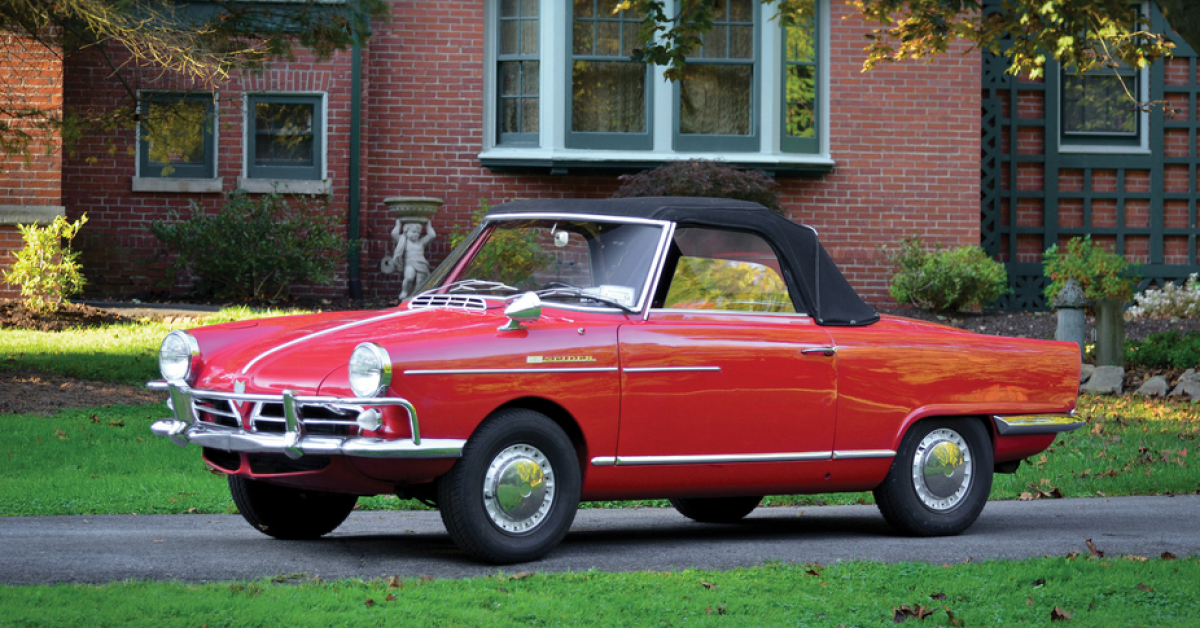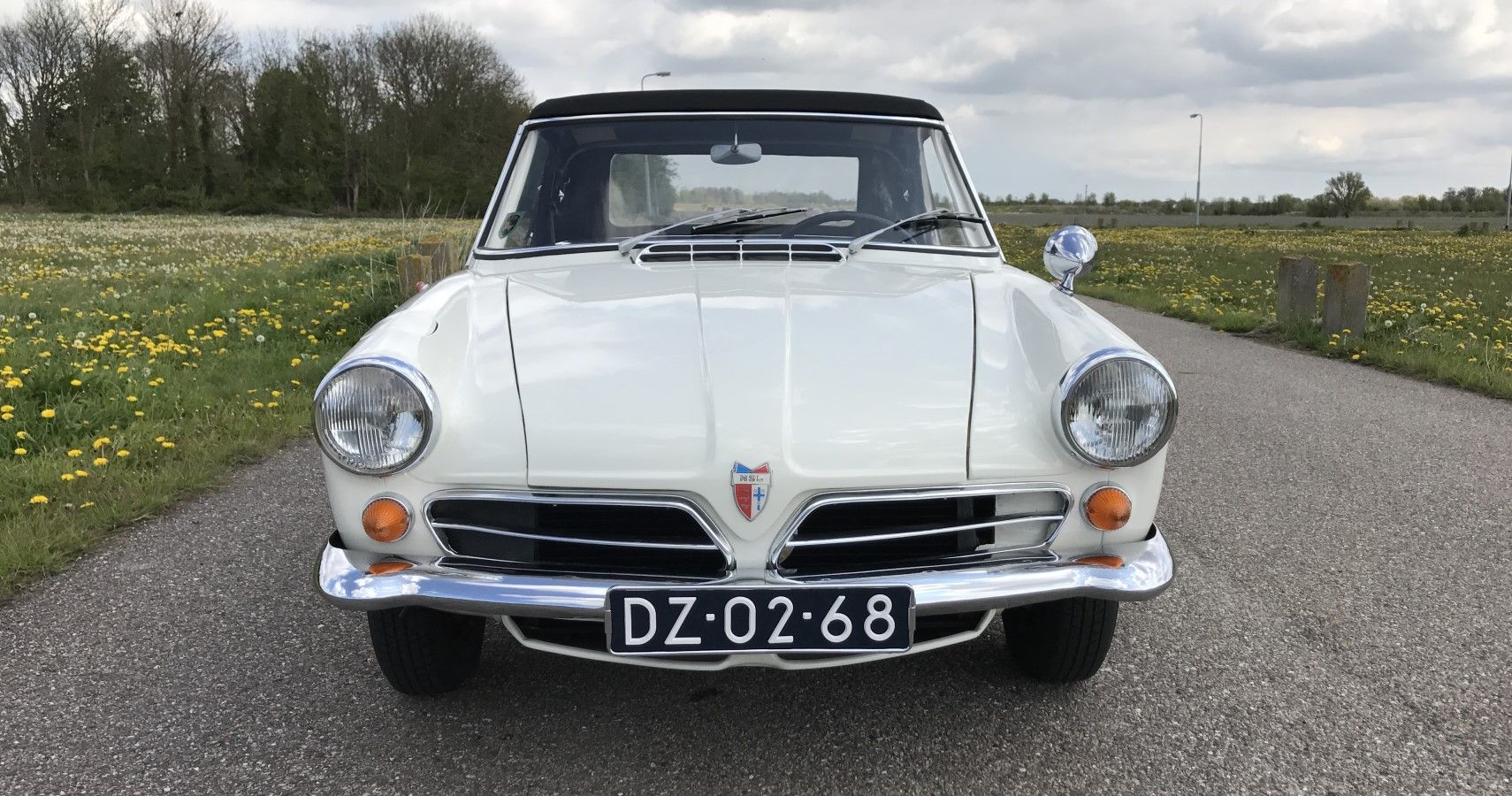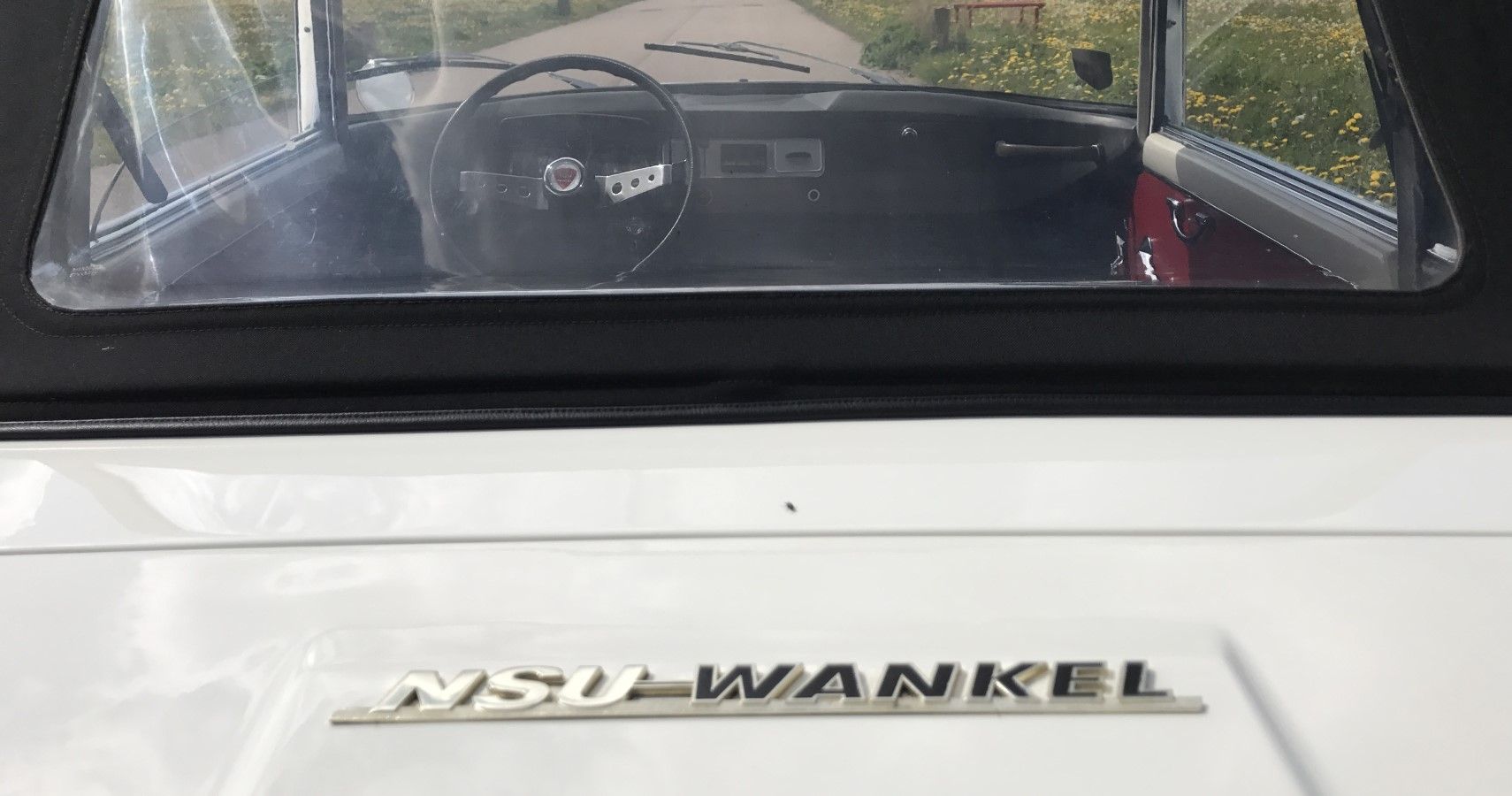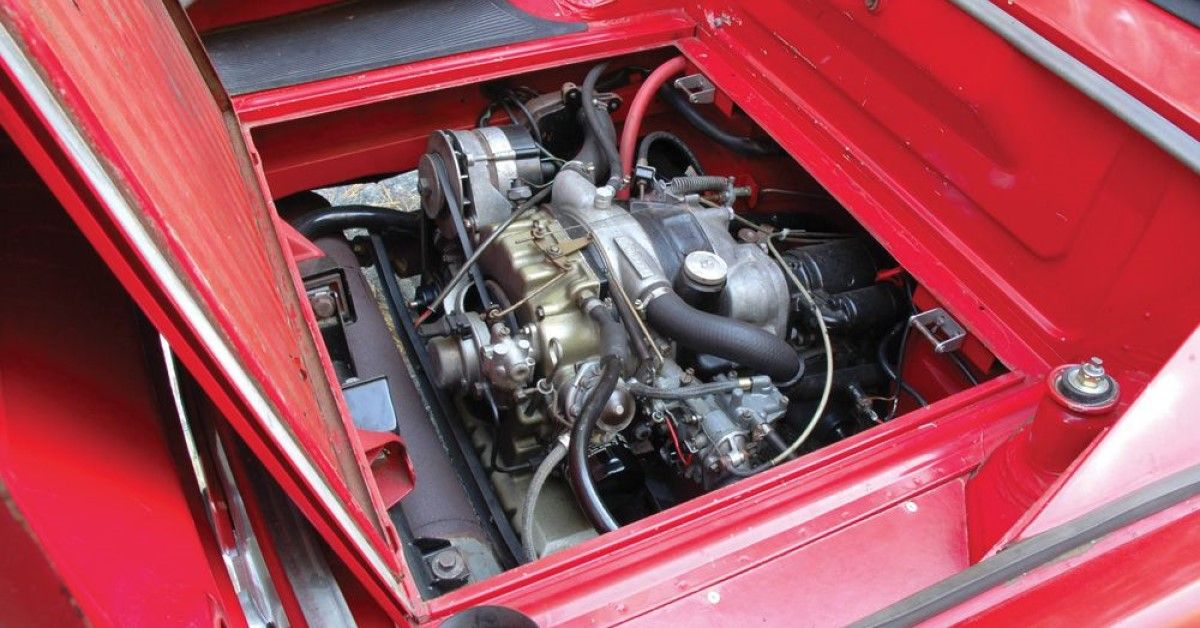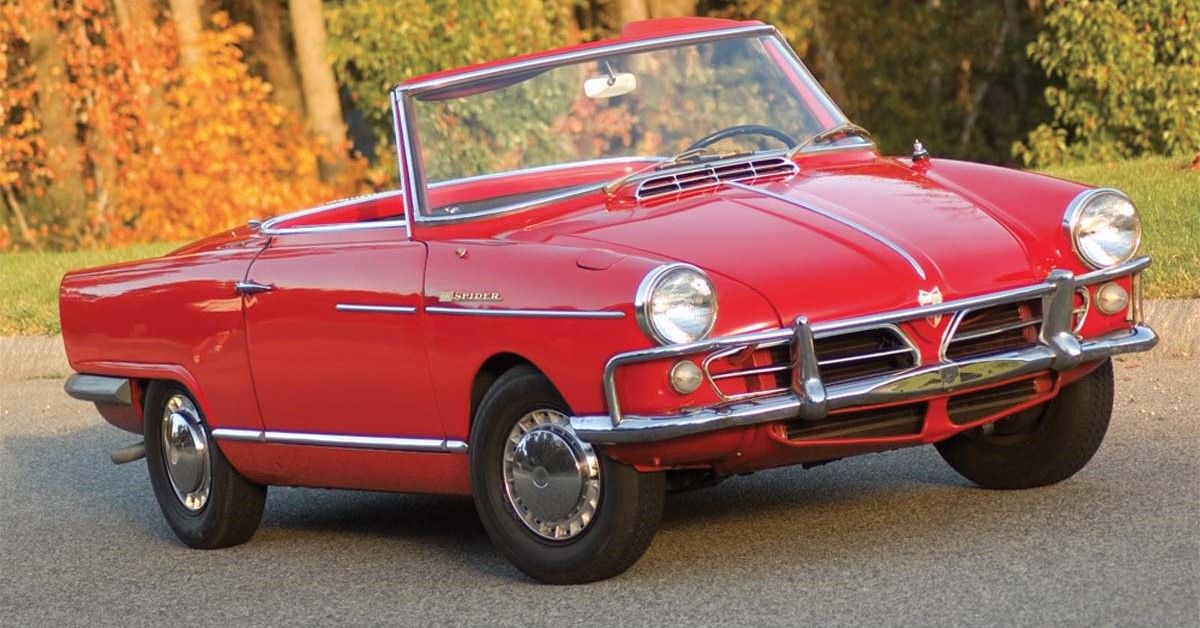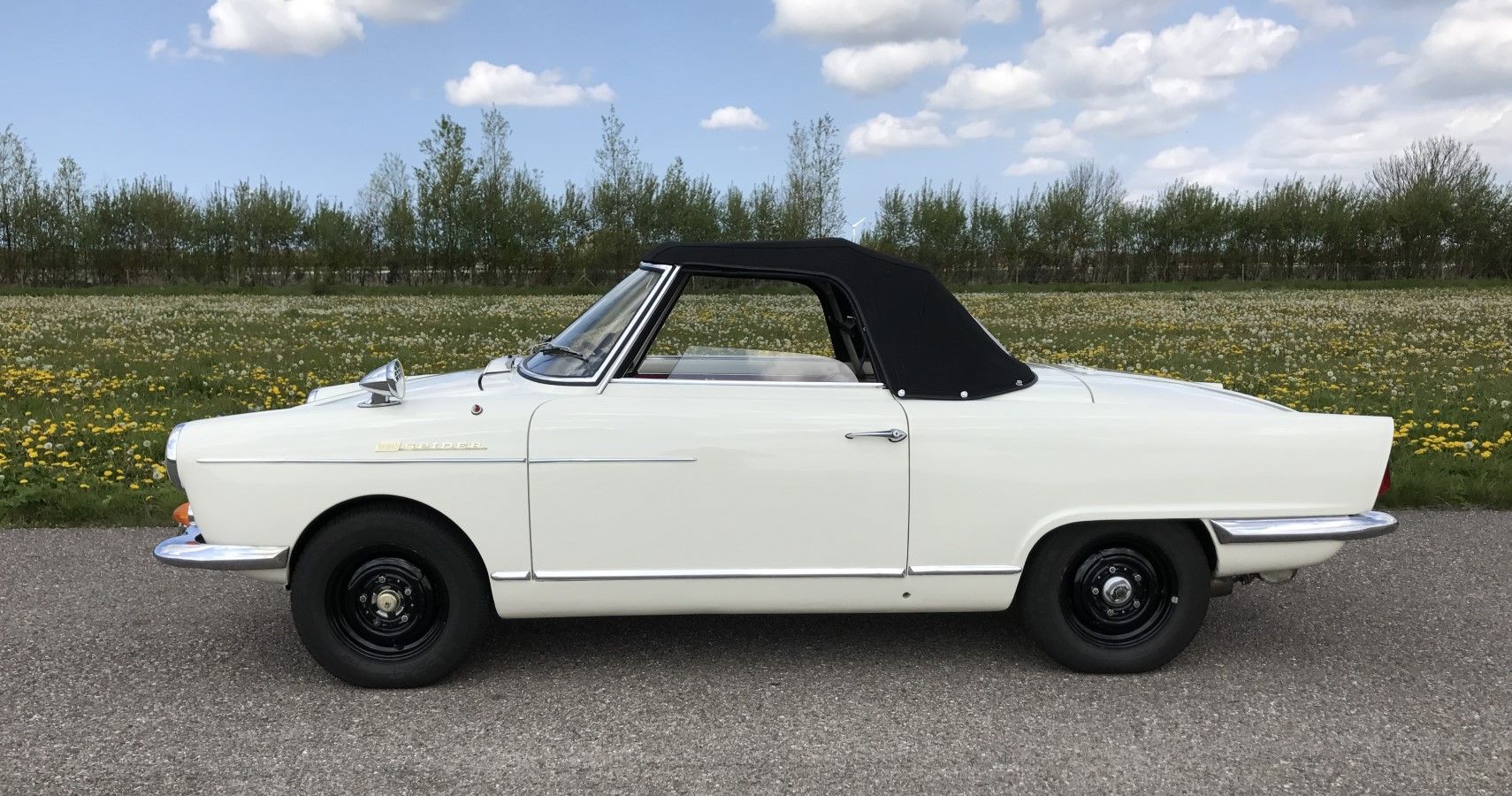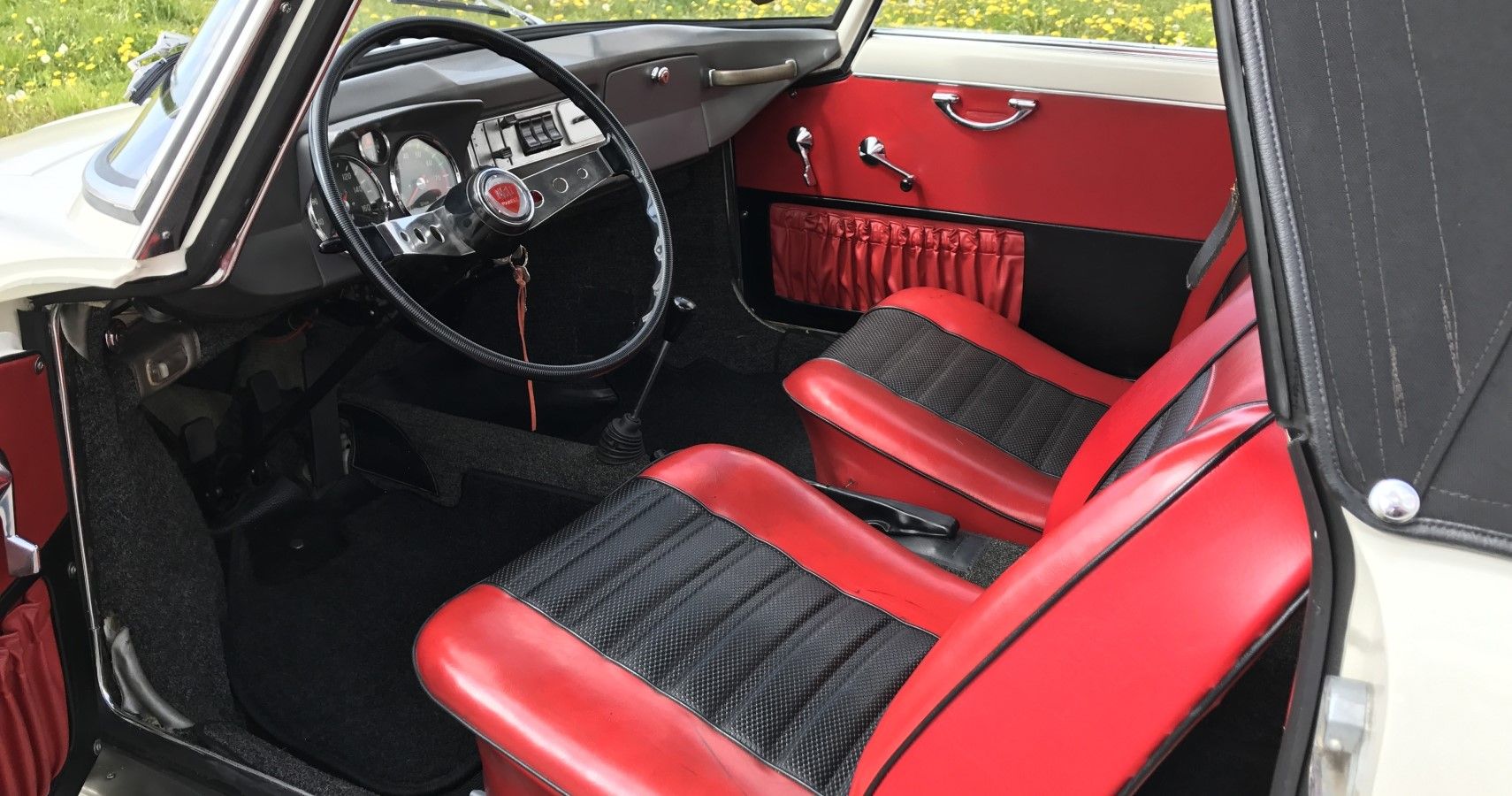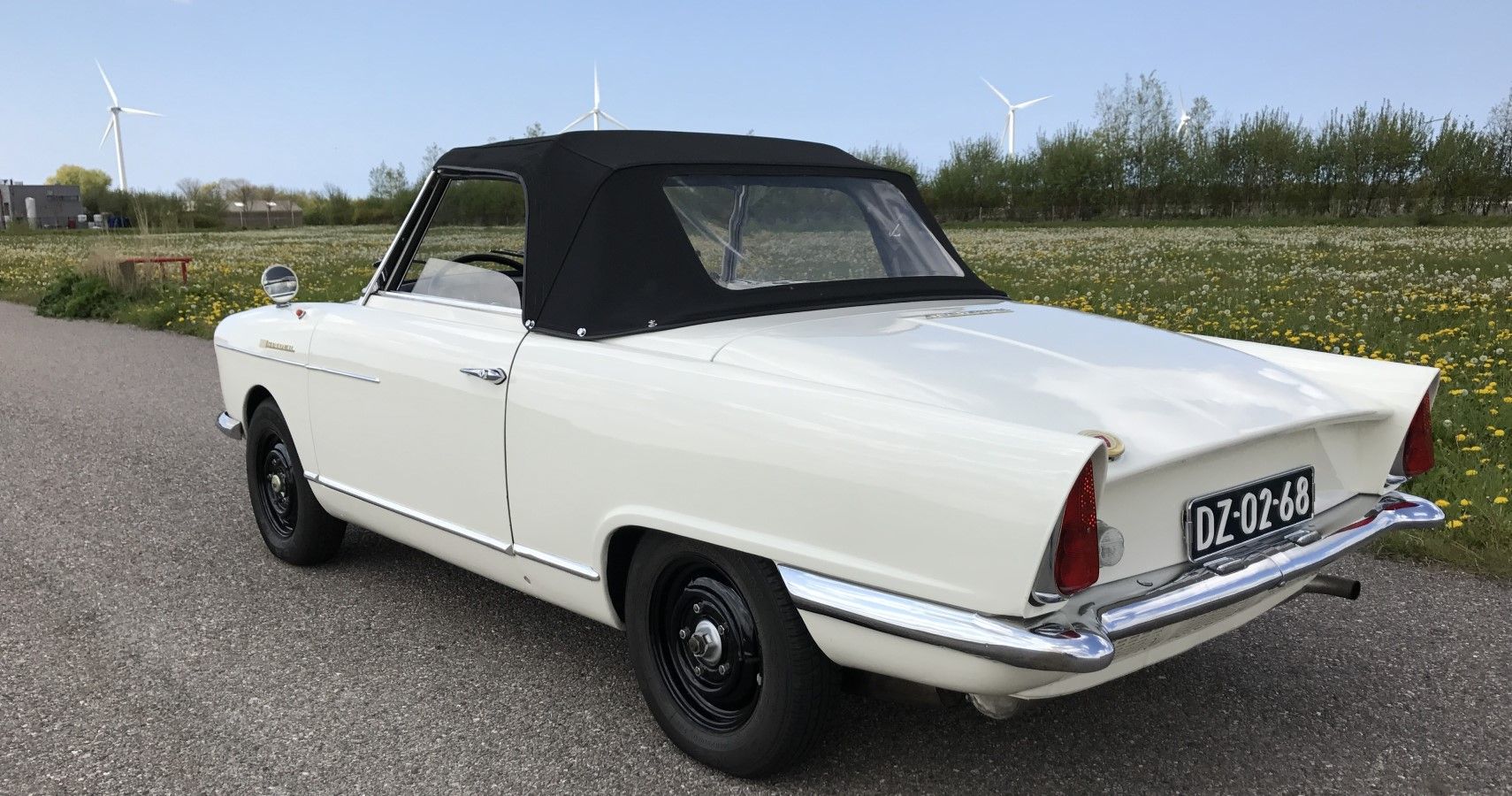What do we generally think of when asked about anything related to a rotary engine? A Mazda right?! In any given angle, it does make sense as Mazda was bold enough to put a rotary engine into a worldwide production car, and even cling onto it for much longer than any of its competitors.
Reliability was clearly one of the major issues in a Wankel engine but the advantages it provided in terms of space-saving and the displacement-power ratio were worth the sacrifice (back then!). But there is actually a very lesser-known rebellious automaker who brought forth a rotary-powered coupe just before Mazda entered the scene. We are talking of the NSU Wankel Spider. We won't be surprised if you aren't aware of this tiny bold German automaker being the maker of the World's first rotary engine-powered production car.
Even a simple google search shows that Mazda Cosmo Sport was the world's first rotary-powered car. Well, with just 2,375 units built, the NSU Spider can't be depicted as a mass-produced car, but they did intend to. Another interesting fact is that the NSU Wankel Spider was one of the last automobiles created by NSU Motorenwerke AG, before being acquired by Volkswagen Group in 1969. VW then merged NSU with Auto Union, thus creating Audi NSU Auto Union AG, and finally Audi.
NSU Spider is the lesser-known sports coupe from Germany that wanted to go global with a Wankel engine before Mazda had the guts.
The World's First Rotary-Engine Car Was Bold To Think Global
Before Mazda came out with the Cosmo Sport, the 'successful' mass-produced car with a rotary engine, a lesser-known German automaker attempted the same. The NSU Spider was a 2-door sports convertible that was produced from 1964 to 1967. It ended production just when Mazda launched the Cosmo.
Only 2,375 units were ever built, as NSU didn't foresee the complications which the Spider had because of its Wankel engine. But what this German automaker did was quite bold and was like swimming upstream through a river of inline gasoline engines. NSU wanted to launch the Wankel Spider worldwide but failed in that endeavor. But full marks for the efforts!
NSU Spider Was Powered By A 54 Hp 500cc. Single Rotary Engine
Unlike the Mazda Cosmo that came with a 2-rotor engine, the NSU Wankel Spider was powered by a single-rotor engine. The rotary engine was invented by Felix Wankel (hence the name), and his German roots might tell us how NSU got its hands on the technology. The 500cc. (30.4 cu. in,) the rotary engine in the NSU Spider was rear-mounted, precisely above the rear axle, and pumped out a claimed 50 - 54 hp based on the MY.
The advantage of having a Wankel was its quick-revving nature that coupled with the butter-smooth transition in performance across the rev band till the redline of 6,000 rpm. It was coupled to a sole 4-Speed synchromesh manual transmission and sent power to the rear wheels only.
The Wankel Engine Made It Lighter And Nimbler Than The Inline Counterparts
The rotary engine had yet another advantage up its sleeve - compactness. As a Wankel engine was devoid of individual pistons and thus cylinders, the size was drastically reduced. This in turn also helped curb down the overall weight of the car to just 1,500 pounds. The power-to-weight ratio was spot on; which helped the NSU Spider do 0-60 mph in 15.7 seconds and had a top speed of close to 100 mph.
The driving dynamics were impressive in the NSU, thanks to the clever weight distribution. The rear-mounted lowered engine mounts helped the Spider stay stern and provide an impressive grip around curves. Its rack-and-pinion steering was a major reason when it came to its sharp handling characteristics. Also, the independent suspension setup made sure that the car stayed stable even through the roughest of roads.
A Short Low-Slung 2-Door Convertible; The Perfect Canvas For Its Bold Engine
It was either red or white. These were the two exterior shades in which the NSU Spider was offered in. The body was based on the NSU Sport Prinz coupe (another rare and forgotten german car) which was introduced in 1959. The only difference between the two cars was a folding roof and a differently designed front grille. The cargo compartment was located upfront, but storage was an issue since the car was tiny. Even the tiny fuel tank of 9 gallons didn't reciprocate quite well with its 'touring' pitch.
But the form factor was quite revered because of its compact runabout characteristics, which made it a perfect urban companion. The interior was also not any special, and the NSU Wankel Spider came with a bearable seating setup. But the cabin was layered with problems starting from the too-simple instrument cluster to the 'prone-to-breaking' temperature-controlled ventilation system.
Rebellion Was Shortlived As The Wankel Was Notorious With Reliability
It was evident from the short lifespan of the rather bold NSU Wankel Spider that the engineers had not foreseen its greatest evil. Rotary engines are a marvel when it comes to sophistication, but are quite notorious when it comes to reliability. The scariest nightmare of any Wankel car owner is a broken apex seal because you need to overhaul the engine to change just that. And well, the NSU was the first car that made automakers realize the heavy repercussions that came along. Reliability issues with the Spider's Wankel engine eventually drained NSU of its assets and were the main reason for it being sold to the VW group.
But this bold move made NSU a lesser-known here, and the Wankel Spider make it to the list of the coolest rotary-powered cars out there.
Sources: Wikipedia.org, Bringatrailer.com, Hemmings.com, Thetruthaboutcars.com, Autocar.co.uk, Classicdriver.com

